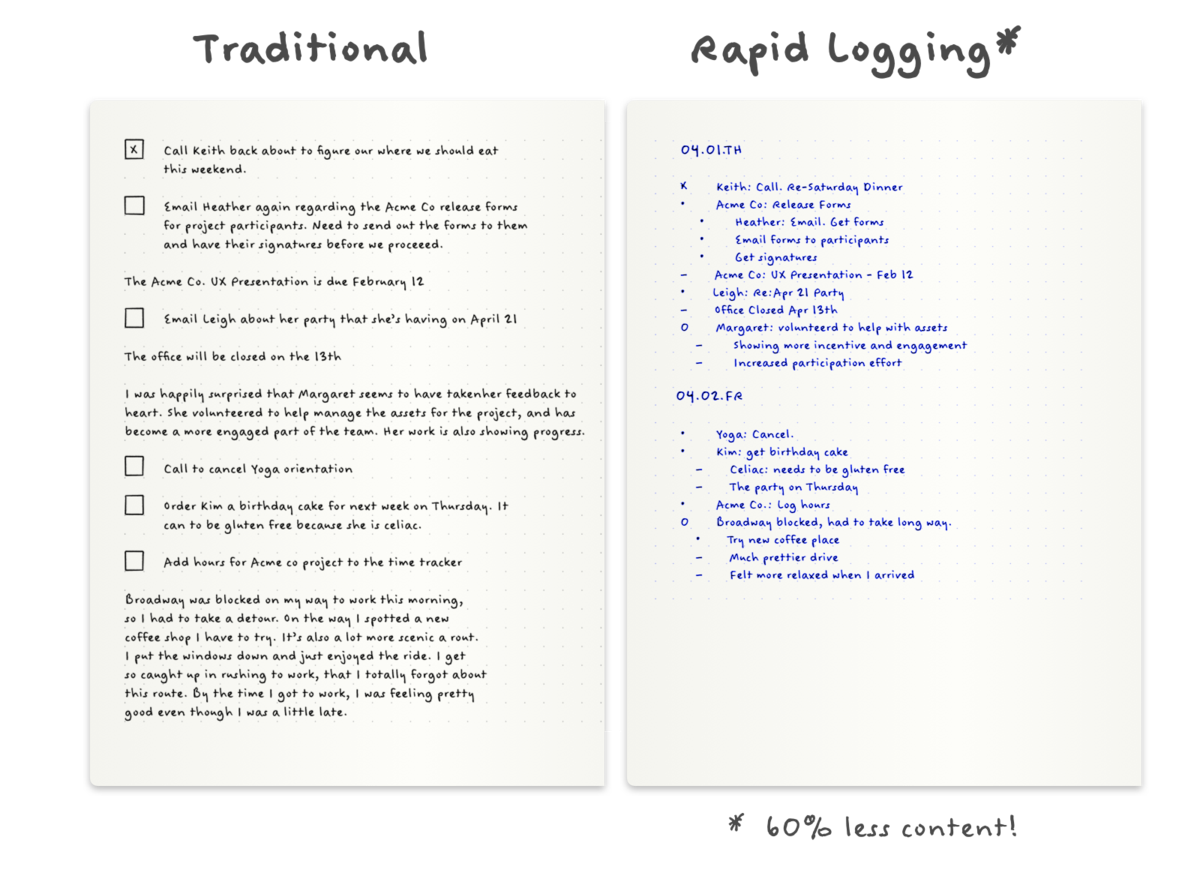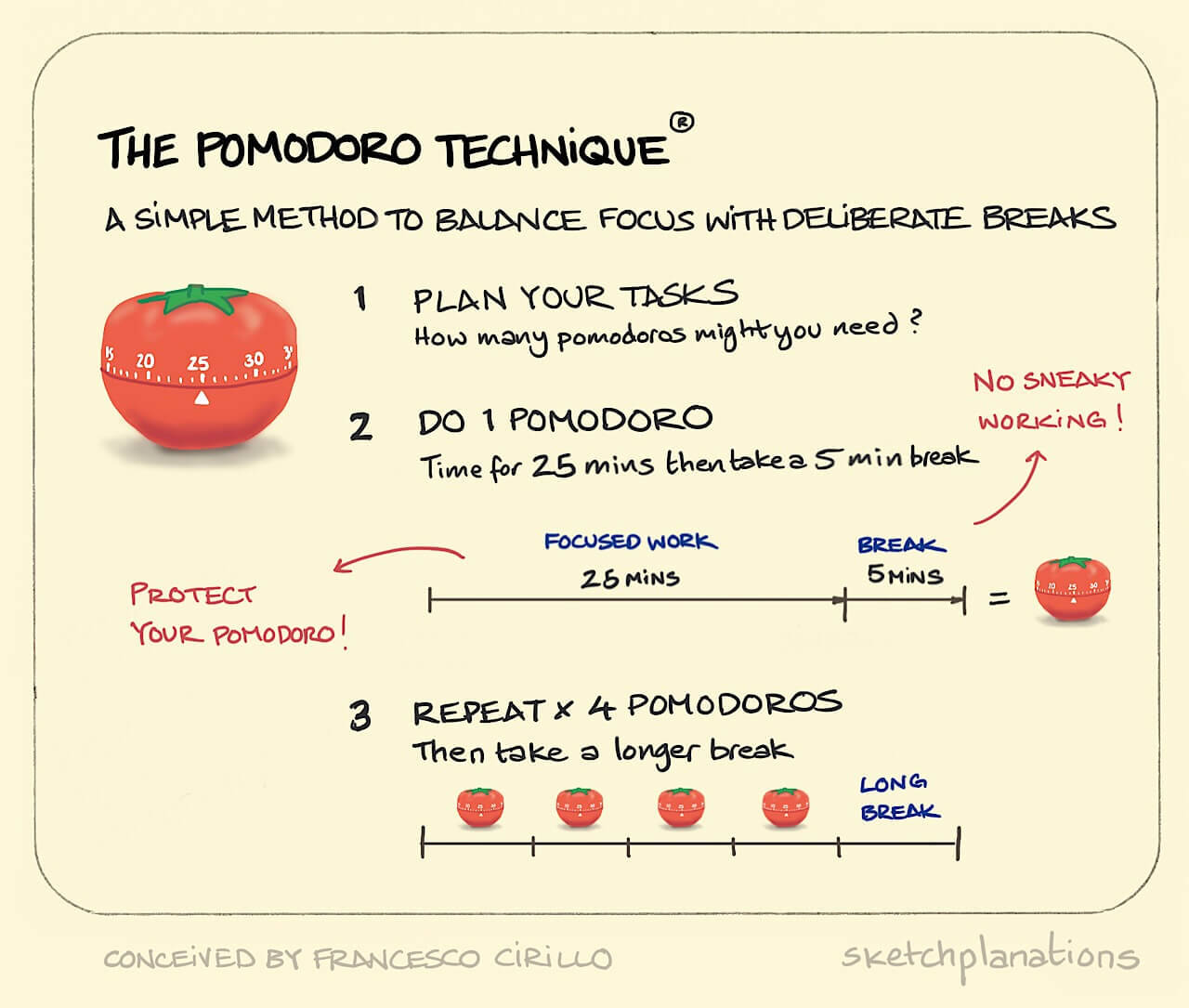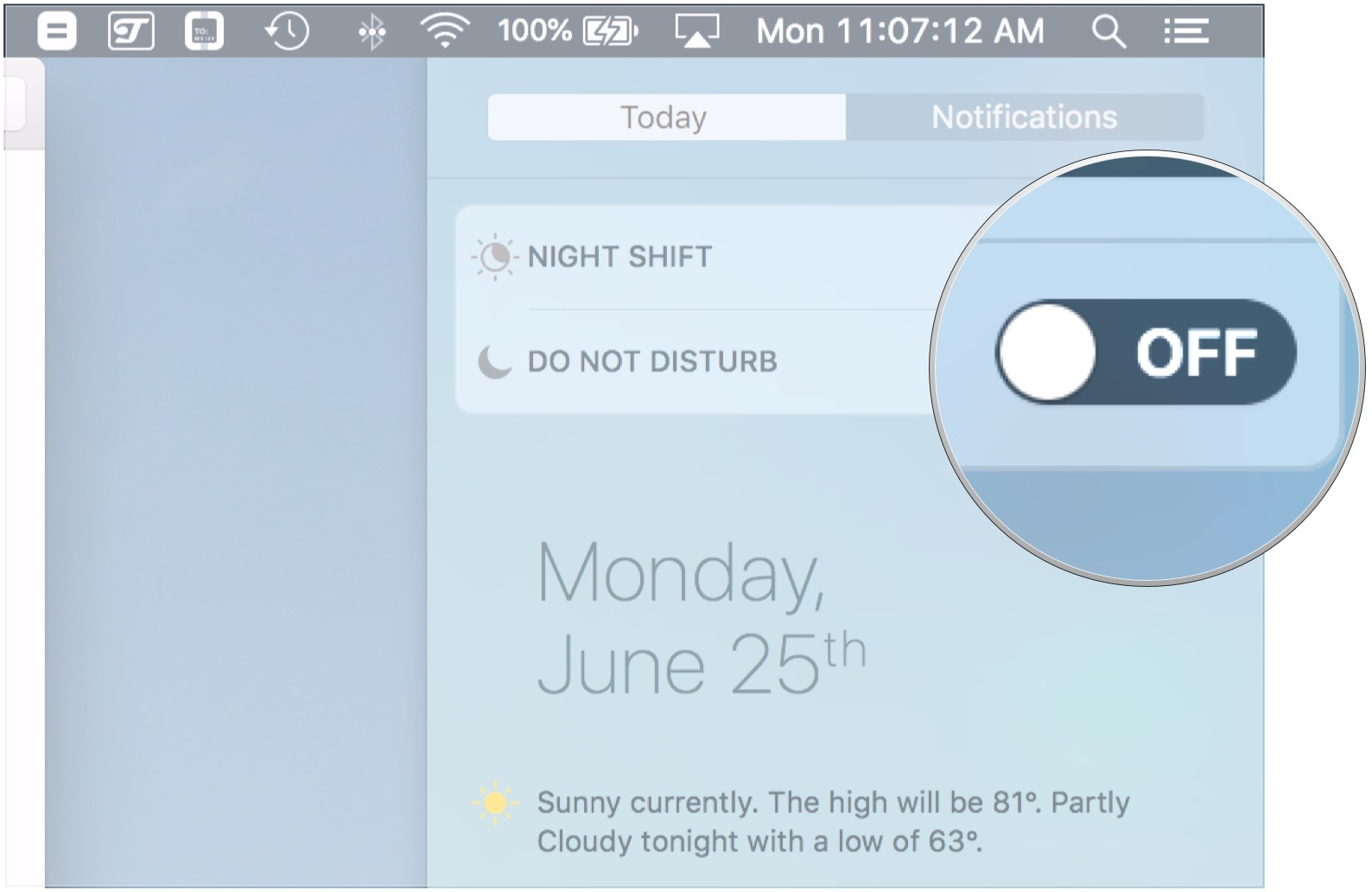Slack is Ruining Employee Productivity
When I moved the team to Slack, I was pretty excited about it. We were communicating more. We felt like things were getting done faster. We spent less time in email, and that’s a huge win. But then I quickly realized, it all came at a cost.
When the product and project members needed something from our engineers and designers, they used Slack as their communication method. And, of course, there was this urge from the team to drop everything they were doing and answer the question even if it didn’t need an answer right away.
So, our project teams were getting more questions answered, but our engineers and designers were getting less and less work done. The distractions were a huge issue. Microsoft found that simply looking at a text message (or in this case a Slack message) wastes 20–25 minutes of productivity. It adds up.
Once I realized this was an issue, I decided to create some “Slack and productivity rules” for our teams to follow. Since Slack is so widely used (and abused), I thought I would share the rules publicly.
1. You don’t need to respond to Slack messages right away (seriously)
Slack is supposed to be a productivity tool—not a distraction tool. You do not need to respond immediately to every single message on Slack! Unfortunately, Slack has become a way to provide immediate access for people to interrupt us.
If you’re deep in problem-solving mode, and someone taps you on the shoulder to ask you a question, how would you respond? How long would it take to regain your focus to where you were? Every time someone Slacks you, and you glance over at that little notification, you’re allowing someone to tap you on the shoulder and interrupt you. Don’t let that happen.
You should put a tremendous value on your time and only give others access to your attention when you say so.
- Set expectations with your team. Let your coworkers know what your rules are and when they can expect a response. Your team will actually respect you more for it! They’ll understand that you value your time and have boundaries. I tell my team that I respond to Slack typically within two hours. If it’s urgent, give me a call. The phone works. Trust me.
- When you’re in deep-work mode, put on “do not disturb” mode on your computer or on Slack. The goal is to silence all notifications so you aren’t interrupted. Use the “/dnd” command along with deciding how long you want to be in “do not disturb” mode.
- Set aside time to open up Slack to respond to messages. Do it in between tasks, not in the middle of them!
2. Video calls > phone calls and daily stand-ups > meetings
Because we’re a fully remote team and we typically don’t work in the same office, video calls are the best way for us to communicate. Slack is useful to ask a quick question, but if you need to solve a problem there should be a face-to-face conversation, either in-person or over a video call. You’ll solve your problem in a fraction of the time compared to asynchronous communication like Slack.
I find that meetings are more efficient, productive, and the team builds better relationships with each other. It’s the closest thing to being in the same office as one another. In a world where we’re so connected and disconnected at the same time, video calls work the best. Zoom is usually the best option.
I also prefer daily 10-minute stand-up meetings and a weekly one hour call for my projects. I usually schedule daily stand-up calls in the morning, Monday through Friday.
3. Protect your mornings (and evenings)
I’m a morning person. But many people, especially engineers, are night people. And they code better at night for a very specific reason: No one else is up to distract them so they can get deeper work done.
I still think mornings, or early afternoon (if you’re an evening person), are an opportunity for you to be productive.
Here are some of my tips on how to have better mornings:
- Whatever you do, try your hardest to not start your day with email. I generally don’t get to my email until my admin time starts (11 a.m.–1 p.m.). That’s also when our energy is naturally low, right before lunch. Another good time for admin work is around 3 p.m. when you have another energy low point.
- Start your day with a Bullet Journal and document everything you want to achieve that day. Be realistic (which is hard). Then, add to your Bullet Journal throughout the day to keep track of the things you’ve done and need to do.
- The first thing you do in the morning (after the Bullet Journal is finished) should be something meaty.

Source: Bullet Journal - The System
When I leave work, or when I’m “finished” with work for the day, I’ll set a block of at least 2 hours where I get no notifications and I can eat dinner, rest, and think.
It’s interesting—just as we need to focus without interruptions to accomplish work, we also need to focus in order to relax and recharge. If you’re looking at email while watching TV, you’re not actually resting. Your mind is still partially engaged in work, and you’re not allowing yourself to recharge. The next day, you won’t be as productive as you could have been because you never rested.
4. Work in 30 to 90 minute sprints (and then rest)
After 30 to 90 minutes of deep work, I highly recommend either going for a walk or doing something administrative. Something to keep your mind away from whatever you were just working on. With deep work, you need deep recovery.
Especially when trying to solve a hard problem, getting rest is more important than the 90 minutes of productivity. Take a breath of fresh air. Do something besides trying to work more on a difficult problem.
The Pomodoro Technique is a popular system that enforces this cycle of work-rest-work. For me, it’s a bit too rigid in that every work cycle is a fixed amount of time. I need varying amounts of time to solve a problem, so I spend as much time as I need on a given problem (within reason), then rest once I’m at a good stopping point. Doing deep work also requires your brain to get into a meditative state. Do whatever you can to get that mindset.

Source: Sketchplanations: The Pomodoro Technique
See what works for you and apply it.
The important thing is to work on something uninterrupted and complete it. Take a short break, then solve the next problem.
5. Assign a gatekeeper (or a system to reduce interruptions)
Just because someone asks you to do something, doesn't mean you have to do it. There's a good chance someone else is better equipped to answer a question or do the work. Delegate things as much as you can to the best person possible. It may not be you—and good if it's not! This person should be responsible for making sure only the most relevant questions are brought to you.
You can also build a system to be interrupted less. You can actually set your entire computer on “do not disturb.” On a Mac, if you option-click the top right notification icon, it will put you in “do not disturb” mode. So, all push notifications will be disabled. For my phone, I put my phone in vibrate mode and turn it upside down so I’m not constantly seeing new notifications on the screen.

How you work is up to you
Everyone has their own working style, but for the most part, productivity means doing your best work in times you can fully focus while minimizing distractions as much as possible. Your goal is to achieve deep work in order to accomplish things. You’ll do that at the expense of not being immediately accessible and responsive—that’s a good thing.
Thanks for taking the time to read this. These principles have had a significant impact on how we work as a team.
Lastly, here are some books and articles that inspired me to write this article:

Rob Volk
Rob Volk is Foxbox Digital’s founder and CEO. Prior to starting Foxbox, Rob helped Fortune 500 clients, including Pfizer, USPS, and Morgan Stanley build and scale enterprise apps. He was the CTO of Beyond Diet and implemented technology that scaled to over 350k+ customers, and was the CTO and Co-Founder of Detective (detective.io), a venture-backed intelligence platform that amassed 200k+ users in a short time frame. Read more